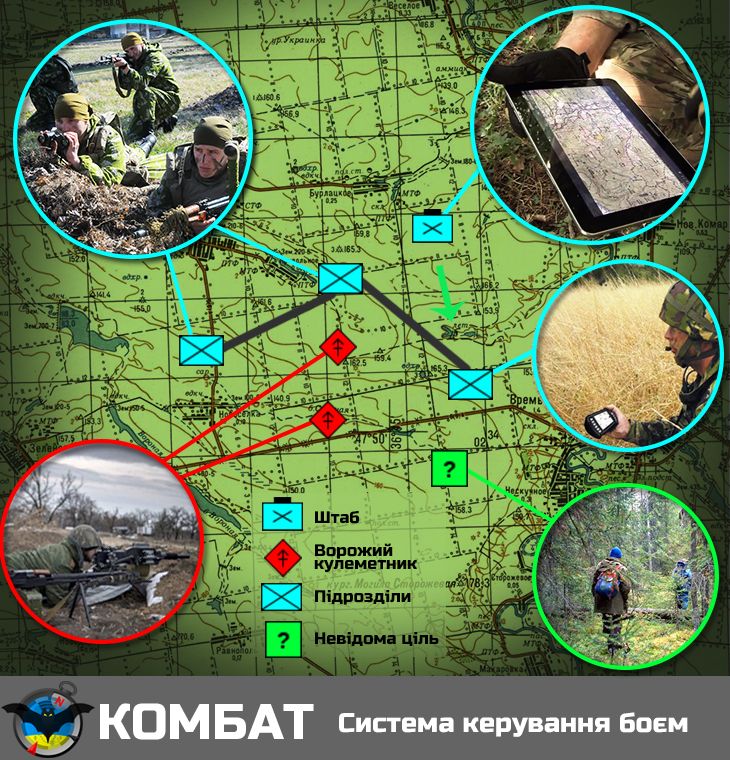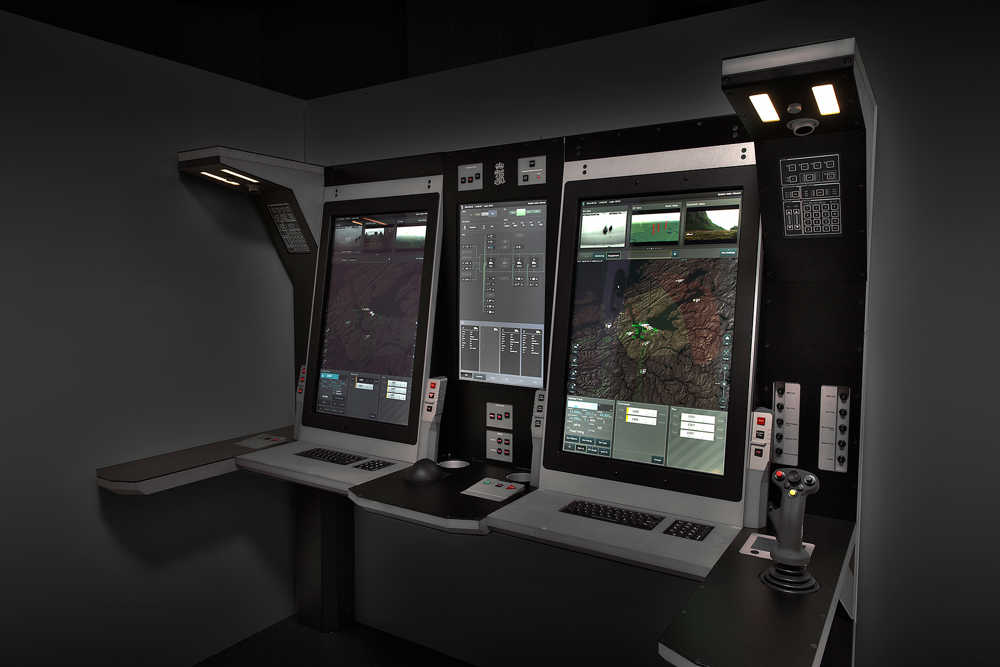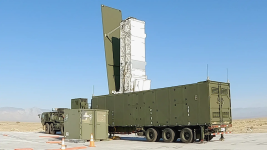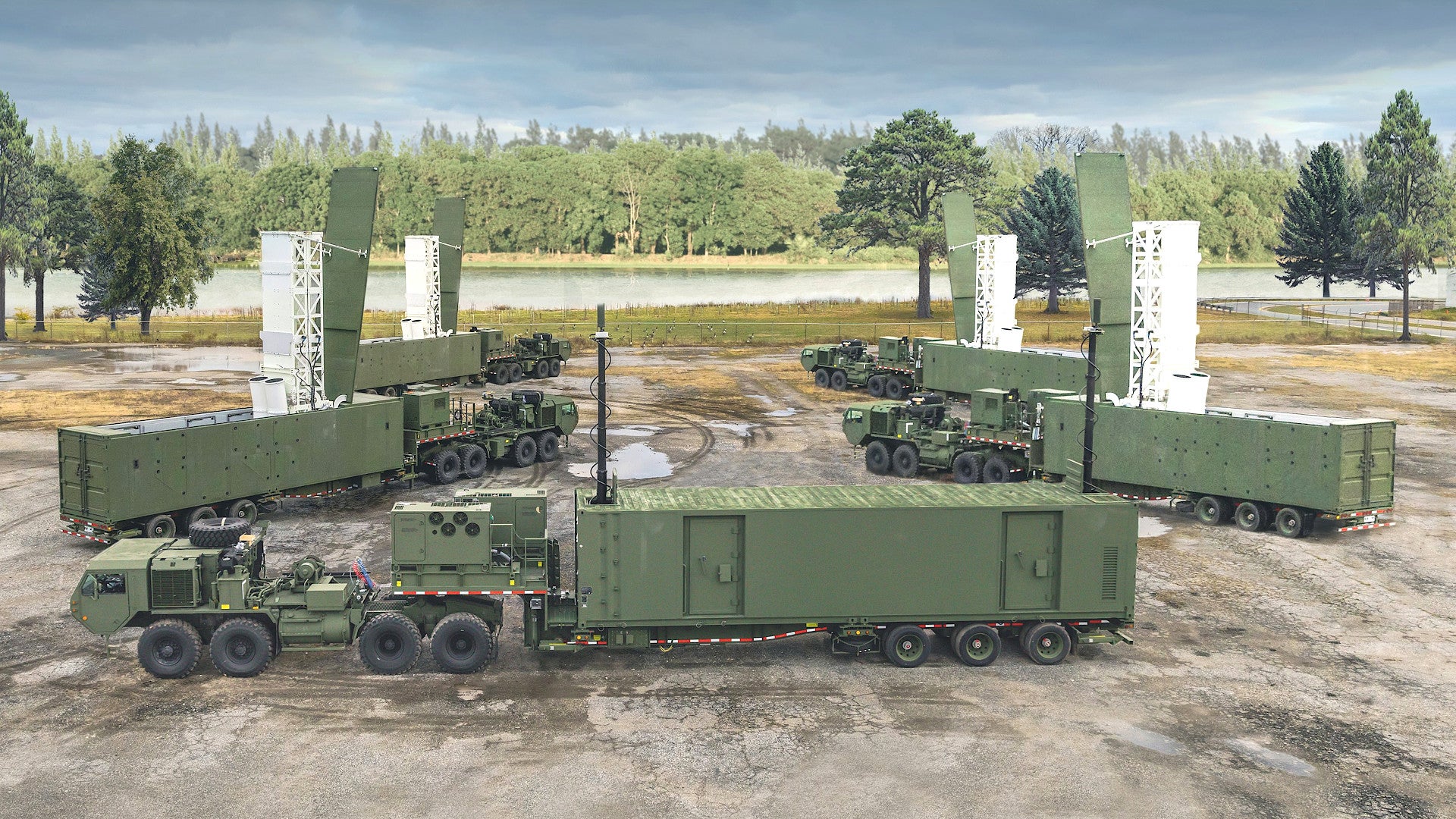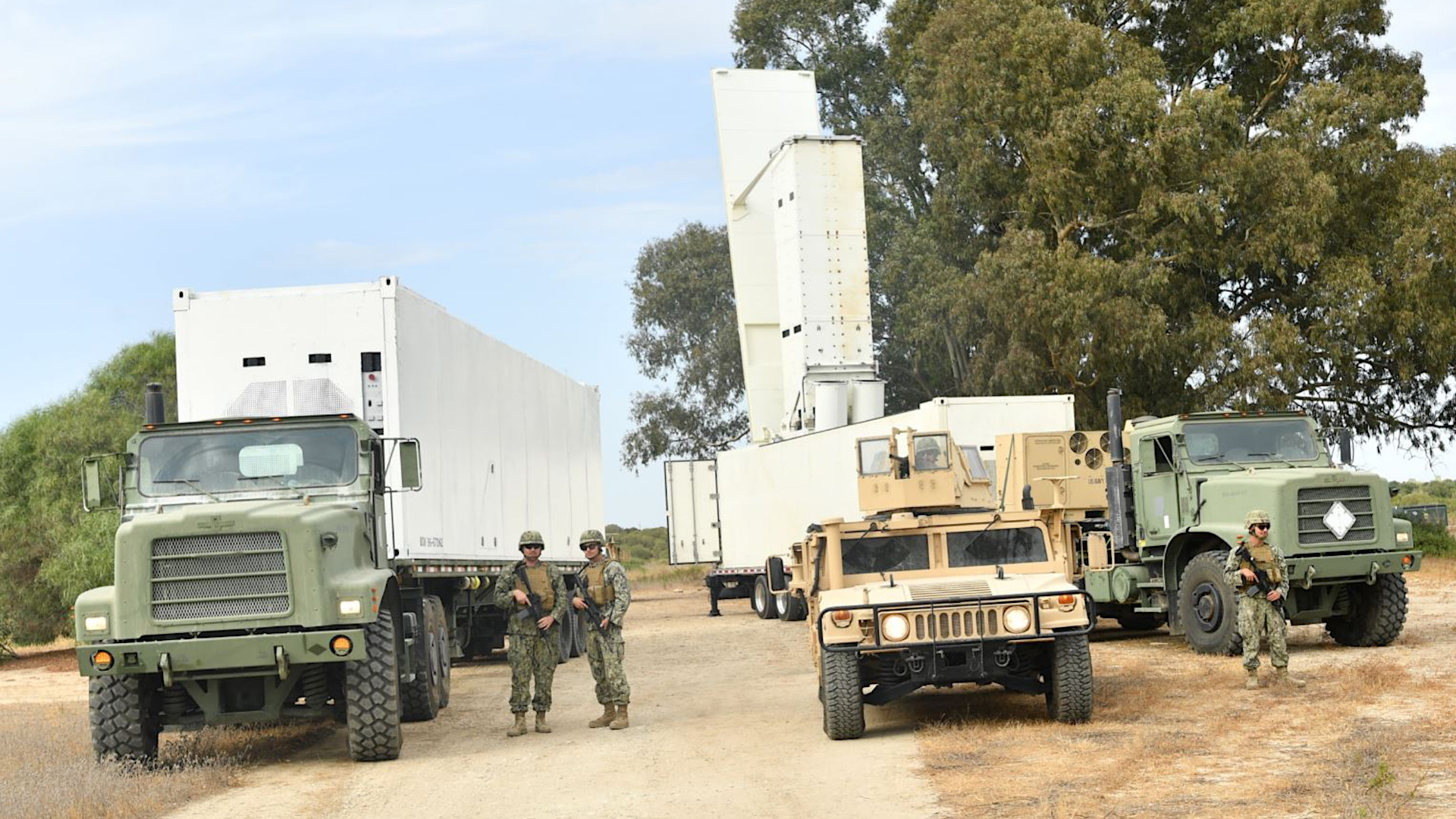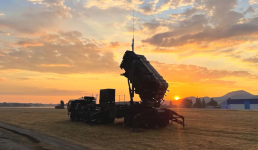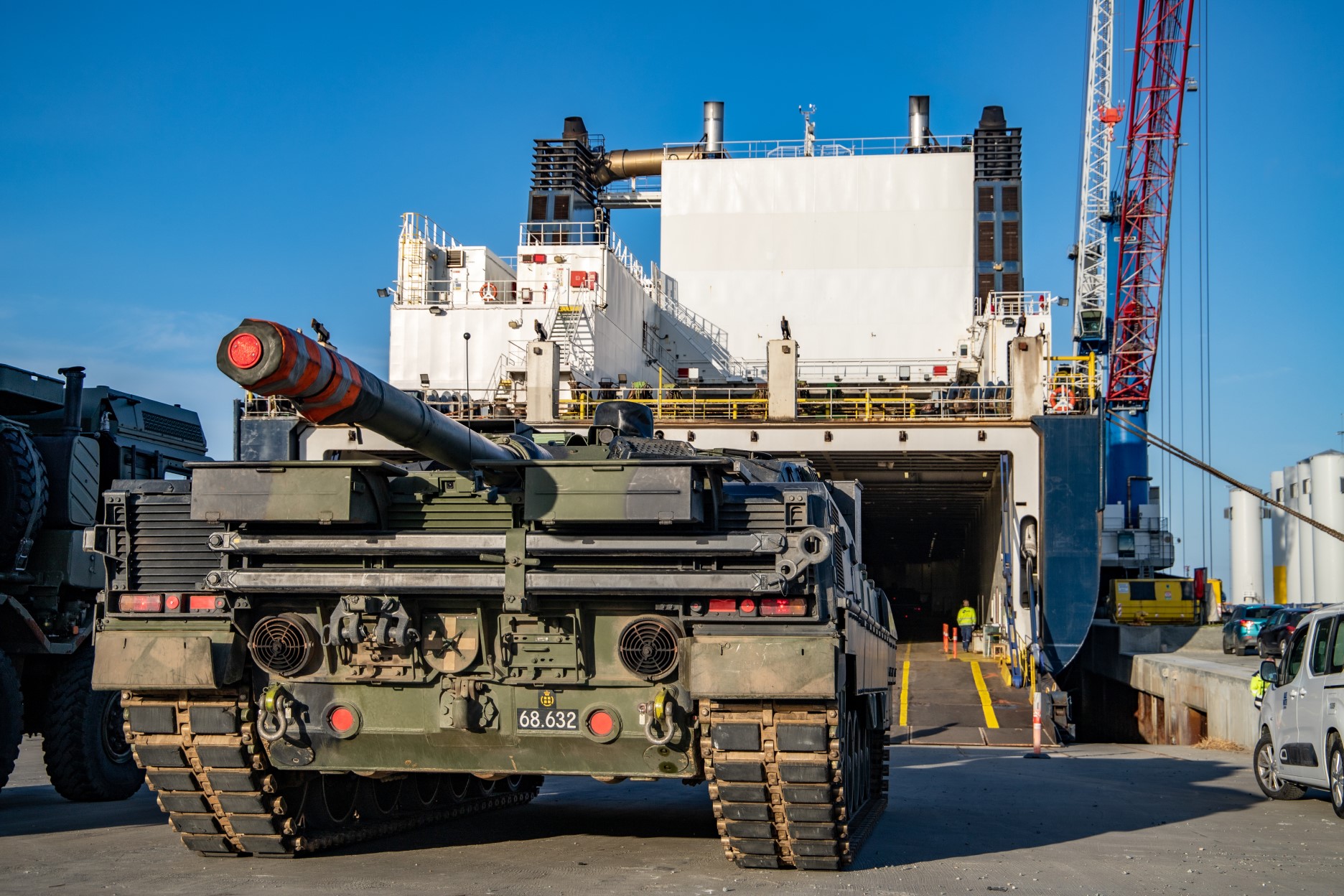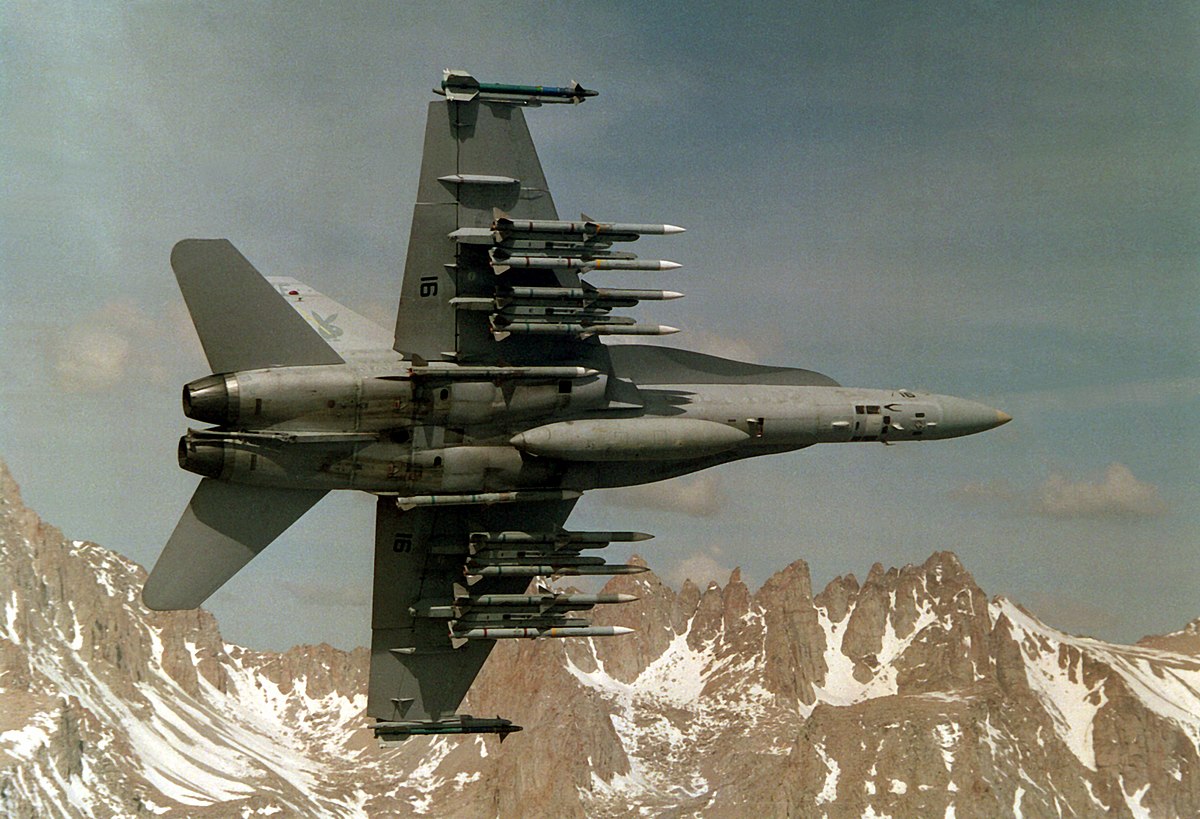- Reaction score
- 9,225
- Points
- 1,160
That is a fault of the program and no matter what you want the Reserves to do they need an adequate programme. If you want expeditionary reserves then train the buggers - you are going to have to in any event.Who have significantly better Reserve programs than the CAF. While actual mandate summer training and government support and mandates towards that training time.
GS used to come in two forms. One added range. The other added weight in the form of a separate regiment that the Div Commander could swing to the main effort.It has no GS ability in realistic terms due to the fact the M777 doesn't have the range that is generally needed for GS this day and age.
Agreed. So do we have 3 CMBGs? Or do we have 3 hollowed out skeletons? Would we be better amalgamating all the available assets and ensuring that we can stand up one proper, ready to deploy, CMBG?With 3 "CMBG" Regular formations, one would expect that there should be the ability to provide 3 Regular Bde's - and the CSSB for an actual Canadian Division
They aren't. That is telling. The label doesn't describe what is in the box. Change the label.CMBG's are supposed to be Mechanized - the fact that they really aren't should be telling.
Sounds right.My realistic view is that Canada has 1 Lt Bde, 1 Medium Bde and 1 Medium Bde with Tanks, the 777 is good for the Lt, but not really for the other two.
I was meaning more wheeled or tracked and just using the names as generic placeholders.
Why have a National Guard? The Army Reserve is a different creature despite the recent tendency to regularly Federalize the Guard.Then why have a PRes?
The Guard has been Federalized because the US Regular Army is too small for the ambitions of US politicians and the US Army can't retain enough qualified Reservists.
No. You just suggested that. I suggest that there is no value to the Regular Army or the Expeditionary Force.You just basically suggested that there is no value from them.
And there is our biggest point of disagreement.No I don't accept Defense of Canada to be a legitimate claim.
I accept the National Guard as a legitimate Defence Agency.
Federalizing the Militia demands a whole of society buy-in as in WW1 and WW2. And come to think of that we in Canada never achieved that buy-in in either war. In both wars we fought as volunteers. And damned near broke the country when we tried the other thing.


